Welcome to a delightful exploration of Halloween decorations from the 1930s! As someone who often reminisces about the charm of yesteryear, I can’t help but feel a spark of joy when thinking of the whimsical decorations that adorned homes during this iconic decade. Let’s dive into the enchanting world of 1930s Halloween decor, its significance, and how you can recreate this nostalgic theme today.
The Origins of Halloween Decorations
Halloween as we know it today has its roots in various ancient traditions. In the early 20th century, the celebration evolved, leading to a surge in popular decorations. The 1930s marked a significant shift in Halloween decor, characterized by a blend of creativity and resourcefulness.
The Shift Towards Commercialization
The 1930s saw the rise of mass production and commercial Halloween decorations, replacing the handmade items of previous decades. This transition enabled families to easily purchase festive decorations, leading to a greater variety of designs and themes.
Popular Decoration Themes in the 1930s
In the 1930s, Halloween decorations often reflected the styles of the time. Let’s explore some prevalent themes:
1. Spooky Creatures and Goblins
From black cats to ghosts, the era embraced a whimsical, sometimes macabre approach to Halloween creatures. Many decorations featured hand-painted motifs, adding a personal touch.
2. Bats and Spiders
Decorations often included bats and spiders, symbolizing the supernatural and adding an element of fright. These motifs easily transitioned from homemade crafts to store-bought items.
3. Pumpkins and Jack-o’-Lanterns
Pumpkins played a central role in Halloween celebrations. Families would carve jack-o’-lanterns, illuminating their porches with flickering candlelight. The traditional designs were both intricate and simple, often reflecting regional characteristics.
Materials Used in 1930s Halloween Decorations
Understanding the materials used can help recreate this charming aesthetic. Here’s a brief overview of the materials that were popular during the 1930s:
1. Paper and Cardboard
Paper decorations were ubiquitous. These lightweight materials were easy to print and cut, allowing for intricate designs and vibrant colors.
2. Fabric
Felt and other textiles were often utilized for crafting spooky figures, such as witches and ghouls. This material allowed for more dimension and texture.
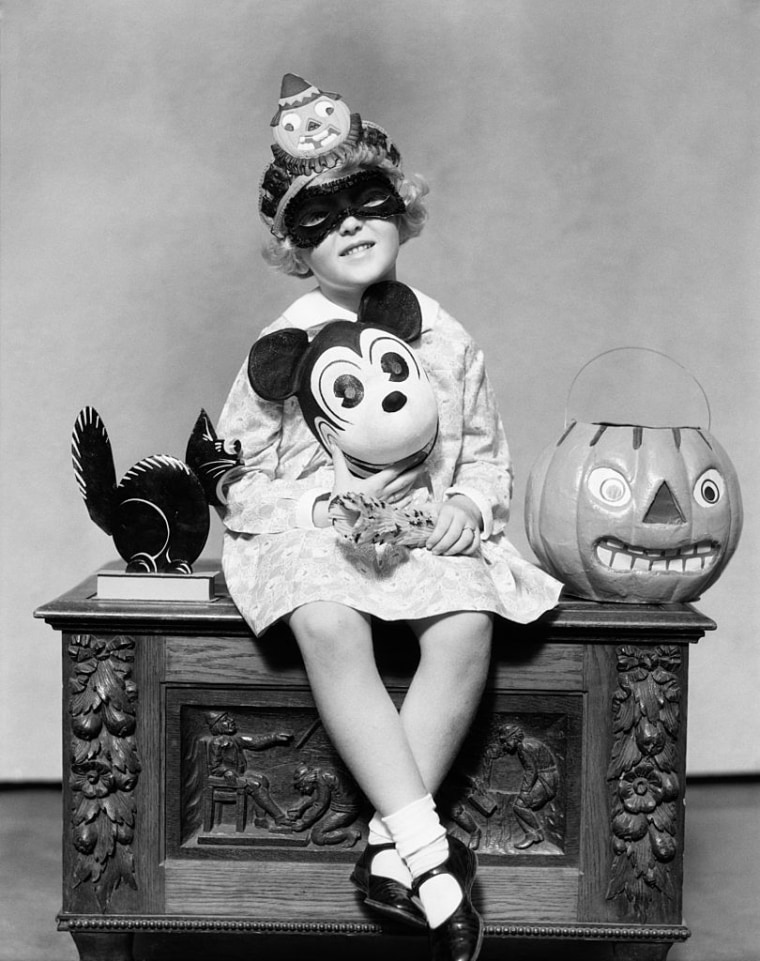
3. Wood
Wooden decorations, often hand-carved, showcased craftsmanship and were esteemed as family heirlooms. These items added a warm, rustic touch to Halloween decor.
4. Glass
Glass decorations, particularly for pumpkin lights, created a soft, inviting glow that added to the ambiance of spooky celebrations.
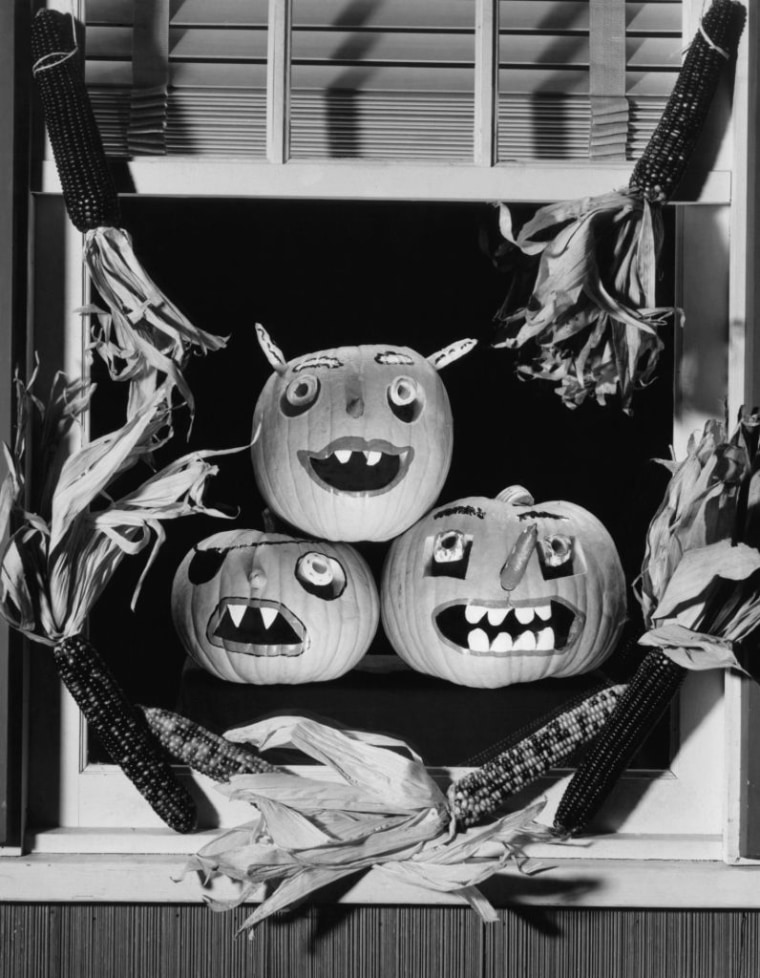
How to Create Your Own 1930s Halloween Decorations
Recreating the charm of 1930s Halloween decorations can be a fun and rewarding project. Here’s a guide to get started:
Step 1: Gather Materials
Collect paper, fabric, wood, and glass items. You can often find vintage-inspired materials at craft stores.
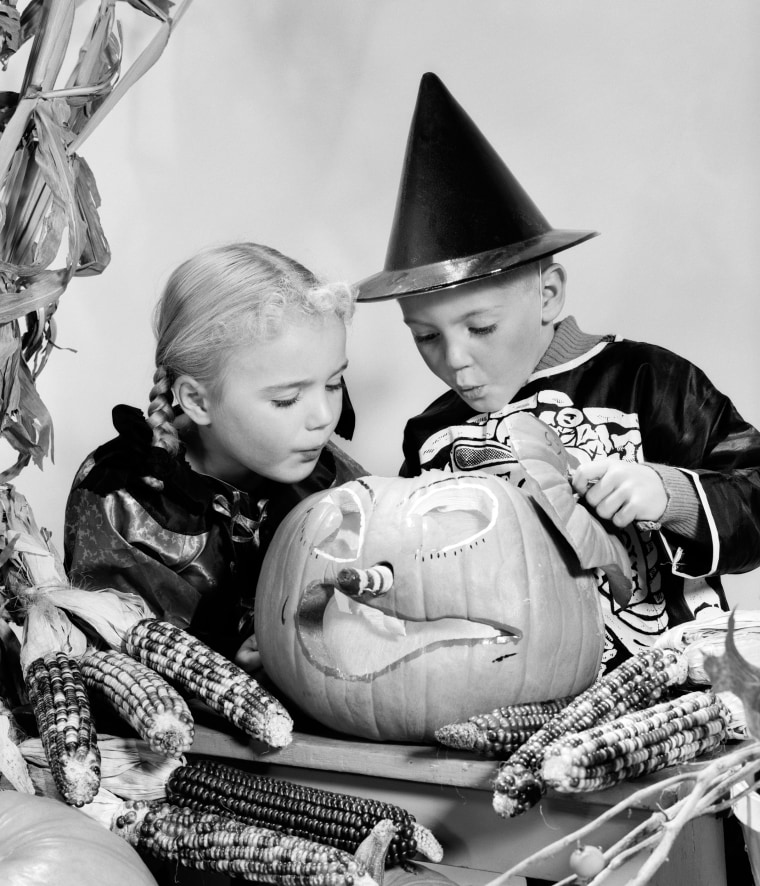
Step 2: Choose Your Designs
Look for inspiration online or from vintage books. Popular designs include:
- Ghosts with flowing fabric
- Jack-o’-lanterns with unique carvings
- Paper bats hanging from ceiling

Step 3: Craft Your Decorations
Use scissors, glue, and other craft supplies to bring your designs to life. Don’t hesitate to add your personal flair!
Step 4: Set the Scene
Arrange your newly created decorations around your home. Consider using vintage furniture as a backdrop to enhance the nostalgic feel.
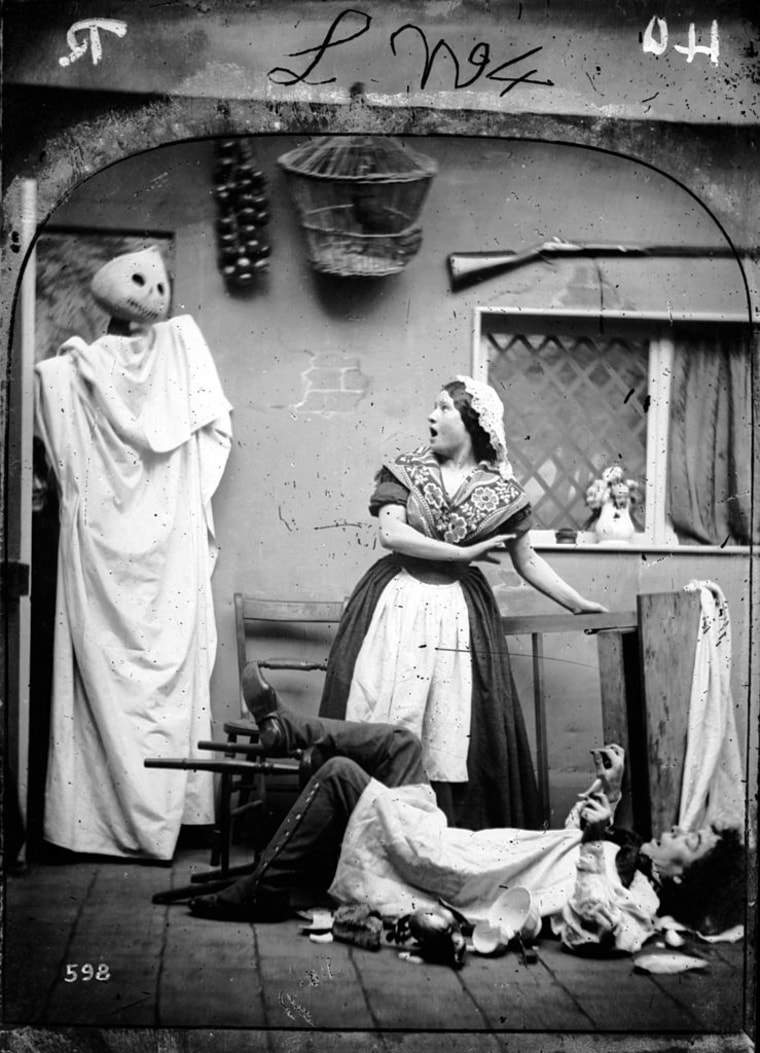
Comparison of 1930s Halloween Decor vs. Today’s Decorations
| Feature | 1930s Decorations | Modern Decorations |
|---|---|---|
| Material | Handmade and natural materials (paper, fabric, wood) | Plastic, synthetic materials, and high-tech technology |
| Theme | Whimsical, spooky with a charming touch | Varied, often incorporates pop culture elements |
| Availability | Limited to local shops and homemade | Widely available online and in stores |
| Cost | Often inexpensive due to DIY | Ranging from affordable to high-end decorative pieces |
Pros and Cons of 1930s Halloween Decorations
Pros
- Unique and nostalgic aesthetic
- Encourages creativity through DIY projects
- Represents historical significance and traditions
- Environmentally friendly options with natural materials
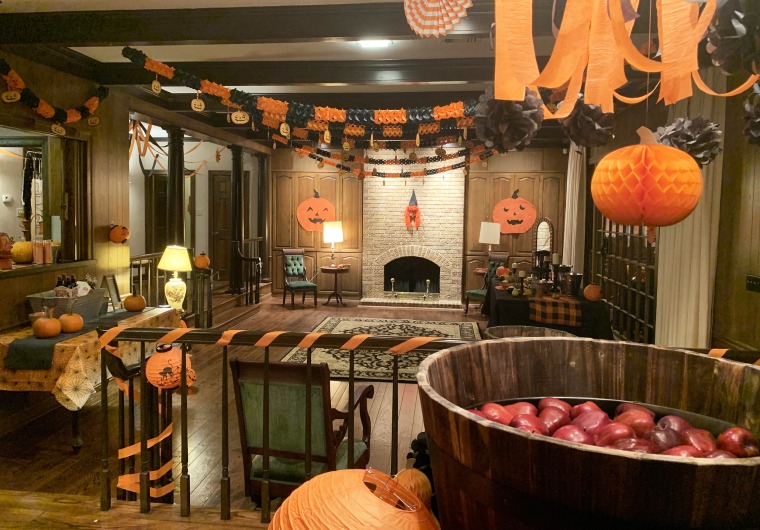
Cons
- Time-consuming to create handmade items
- Limited availability of authentic vintage pieces
- May require skills in crafting or sewing
Celebrating Halloween in the 1930s: A Personal Anecdote
As a child, I remember my grandparents sharing stories of how they decorated their homes for Halloween in the 1930s. They often spoke of gathering with neighbors to carve pumpkins and create decorations together. Inspired by their tales, I decided to recreate their beloved spooky atmosphere. It was heartwarming to see the joy it brought my family, reminding us that Halloween is not just about candy but also about coming together and celebrating creativity.

FAQs about 1930s Halloween Decorations
What were common Halloween decorations in the 1930s?
Common decorations included handmade paper ghosts, carved pumpkins, bat silhouettes, and fabric witches. Families often crafted items together, emphasizing creativity and communal spirit.
How can I find authentic 1930s Halloween decorations?
Searching through vintage shops, estate sales, and online marketplaces like Etsy can yield authentic decorations. Additionally, consider visiting museums or historical societies that might display these items.
Are there modern alternatives to 1930s decorations?
Yes, many contemporary decorations draw inspiration from the 1930s aesthetic. Look for retro-themed decor in stores or online, or consider DIY projects to replicate the charm of vintage decorations.
How can I host a 1930s-themed Halloween party?
To host a 1930s-themed Halloween party, decorate your space with vintage-inspired decor, play music from the era, and encourage guests to dress in period-appropriate costumes. Incorporating classic Halloween games and treats will enhance the experience.